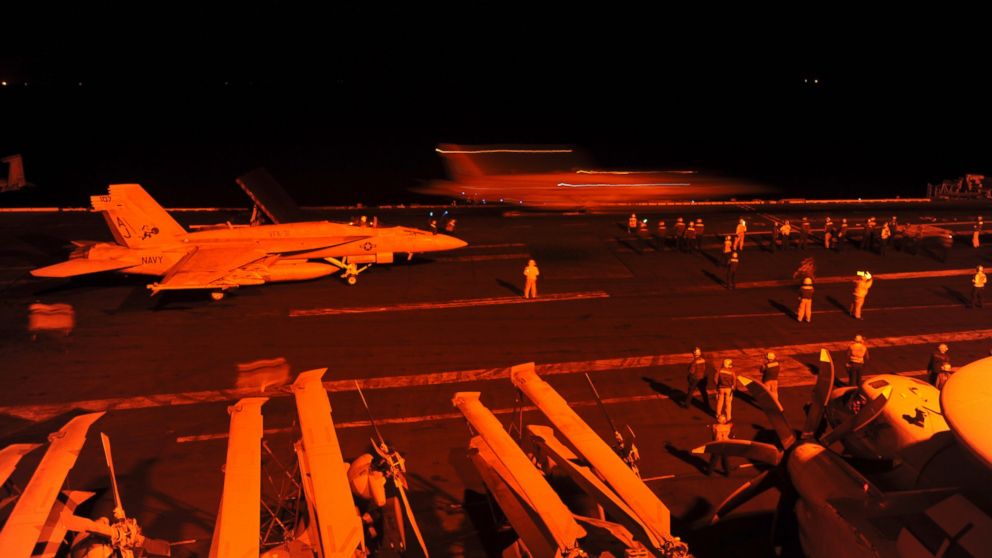French Al Qaeda Operative Believed Killed in US Strikes in Syria
Officials: David Drugeon target of series of strikes against "Khorasan Group".

— -- A French member of an elite al Qaeda cell is believed to have been killed in a series of American strikes in northern Syria targeting al Qaeda operatives dubbed the Khorasan Group, two U.S. officials said today.
The Frenchman, David Drugeon, was purportedly struck as he traveled in a vehicle late Wednesday night, the officials said. He had been the main target of a handful of strikes in northwestern Syria.
In addition to his role in the Khorasan Group’s plots to hit the West with clever new explosive devices, Drugeon was once reportedly involved in French intelligence.
"He is clearly one of the leadership elements [in Khorasan] and one of the most dangerous elements," said Gen. Lloyd Austin today, referring to Drugeon.
The Khorasan Group is a relatively small cell of al Qaeda veterans from the Afghanistan-Pakistan region who have infiltrated Syria to focus on external attacks against the West, according to U.S. officials.
The U.S. military said airstrikes late Wednesday targeted five "Khorasan Group" targets "using bomber, fighter and remotely piloted aircraft."
"We are still assessing the outcome of the attack, but have initial indications that it resulted in the intended effects by striking terrorists and destroying or severely damaging several Khorasan Group vehicles and buildings assessed to be meeting and staging areas, IED-making facilities and training facilities," the military said in a statement. "These strikes were undertaken only by U.S. assets."
The strikes were the second against the Khorasan Group -- the first being in late September when the U.S. began its aerial bombing campaign in Syria.
At the time, ABC News reported that the “imminent” threat that U.S. officials said pushed the military to strike the Khorasan Group was linked to terrorist efforts earlier in the year that prompted the U.S. to heighten security measures for air travelers overseas.
The little-known group was “nearing the execution phase for an attack in Europe or the homeland,” an official said after the September strikes. Initially, U.S. officials believed those strikes had been effective in stopping the plots, but later reporting emerged suggesting some major targets had survived the strikes.
This summer sources described to ABC News a new subset of al Qaeda that was working within al Qaeda’s Syria-based affiliate and alongside bomb makers from al Qaeda’s Yemen affiliate to potentially down a U.S.- or Europe-bound passenger airplane. The new terror joint effort was “more frightening than anything” else the Obama administration had seen, then-Attorney General Eric Holder told ABC News in July.
ABC News' Mike Levine contributed to this report.



